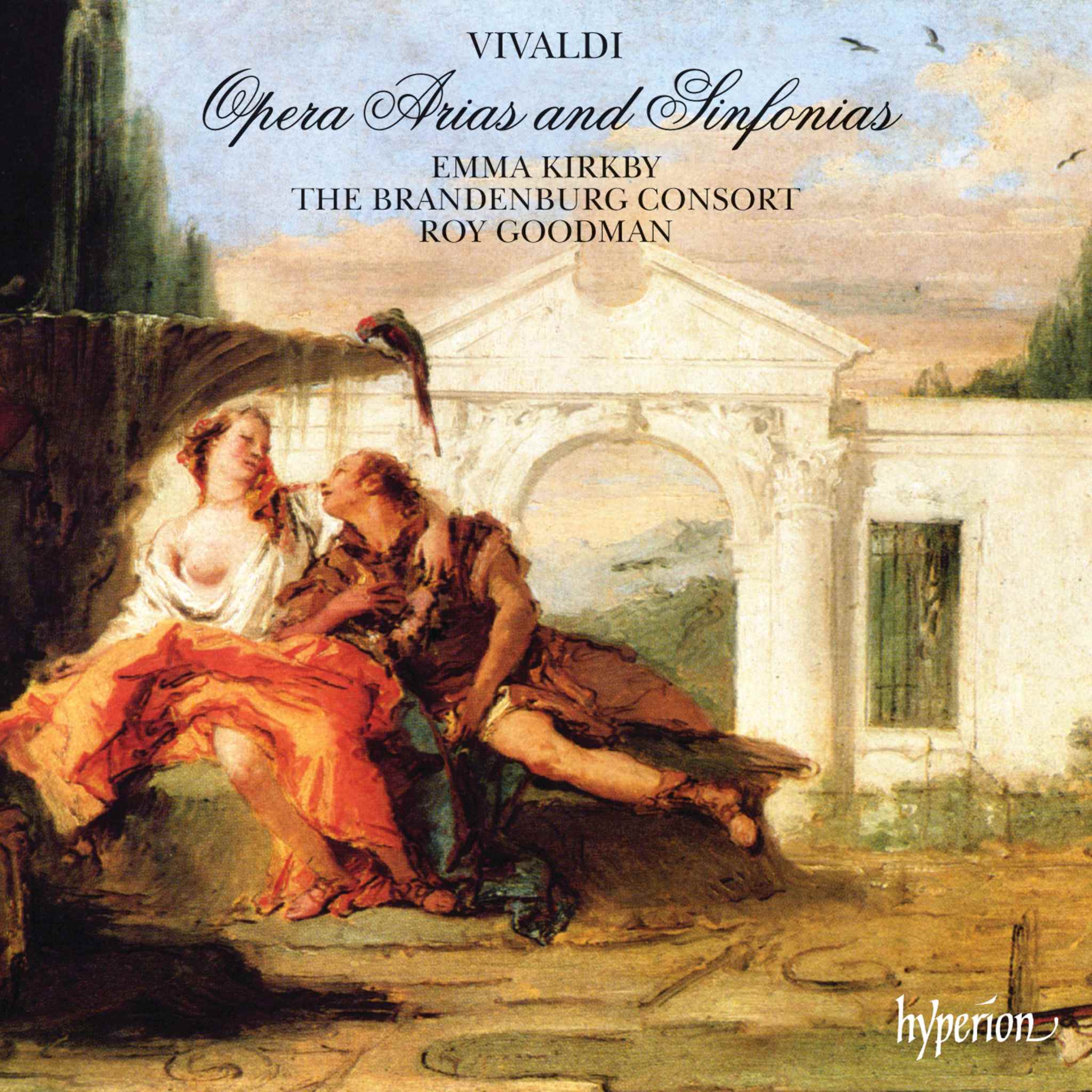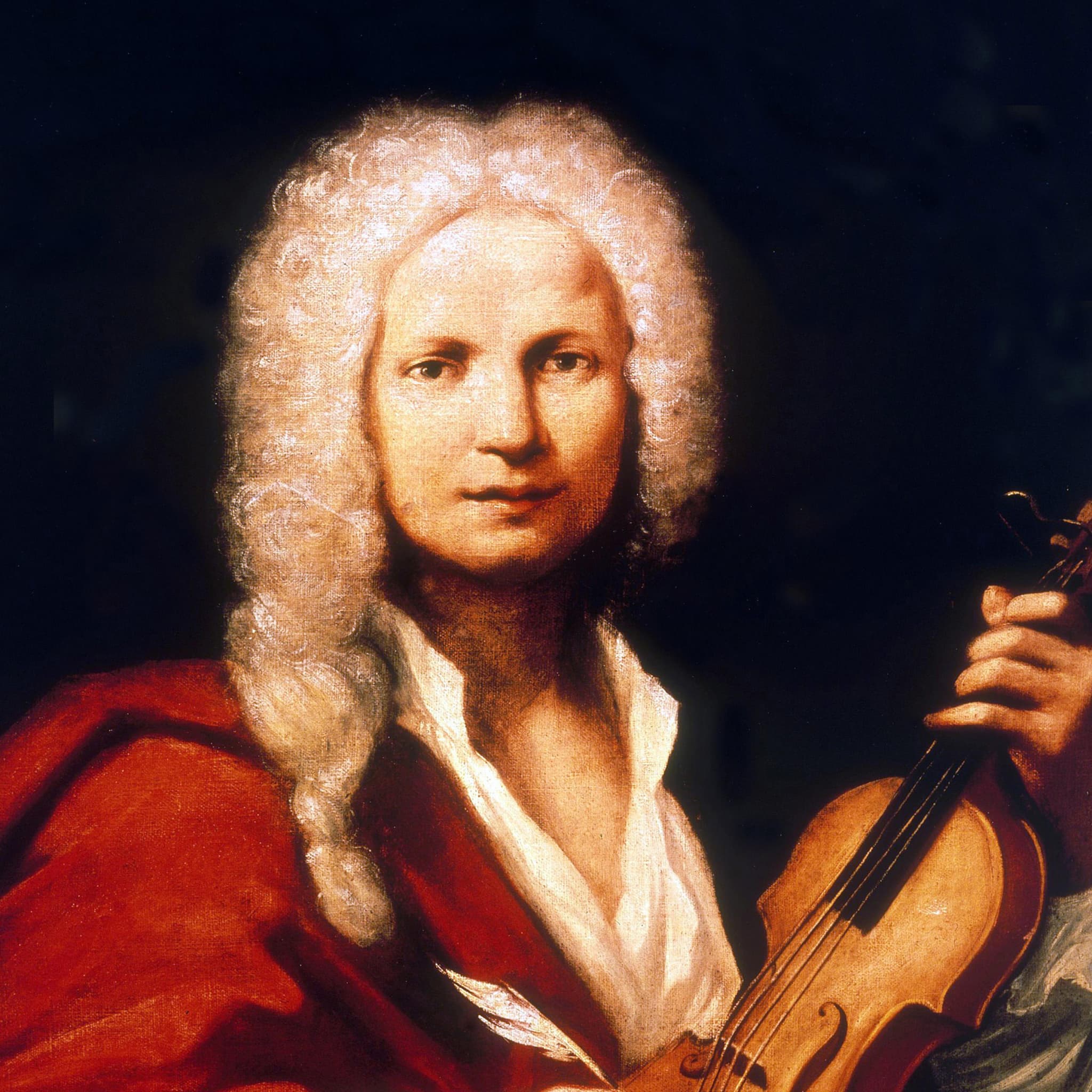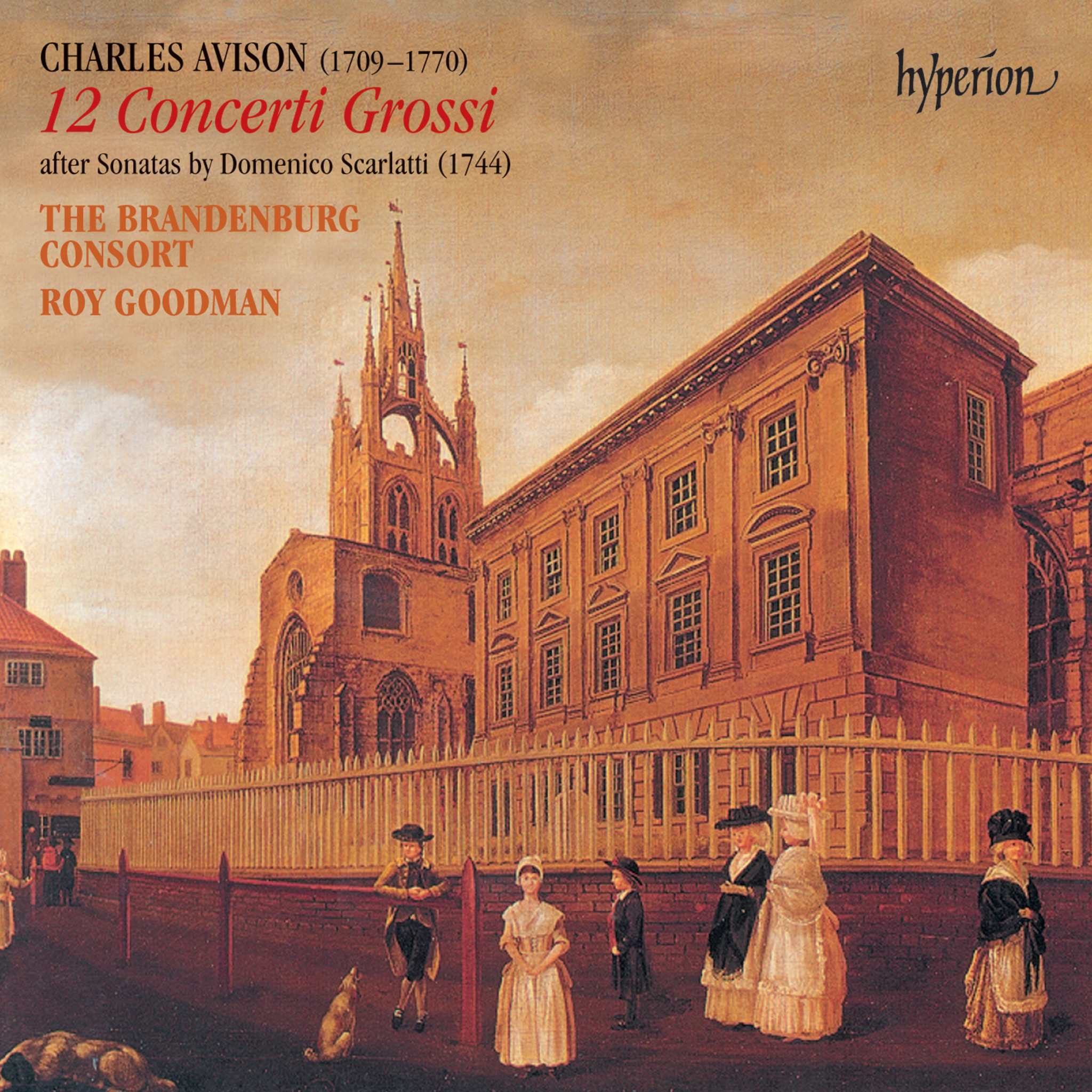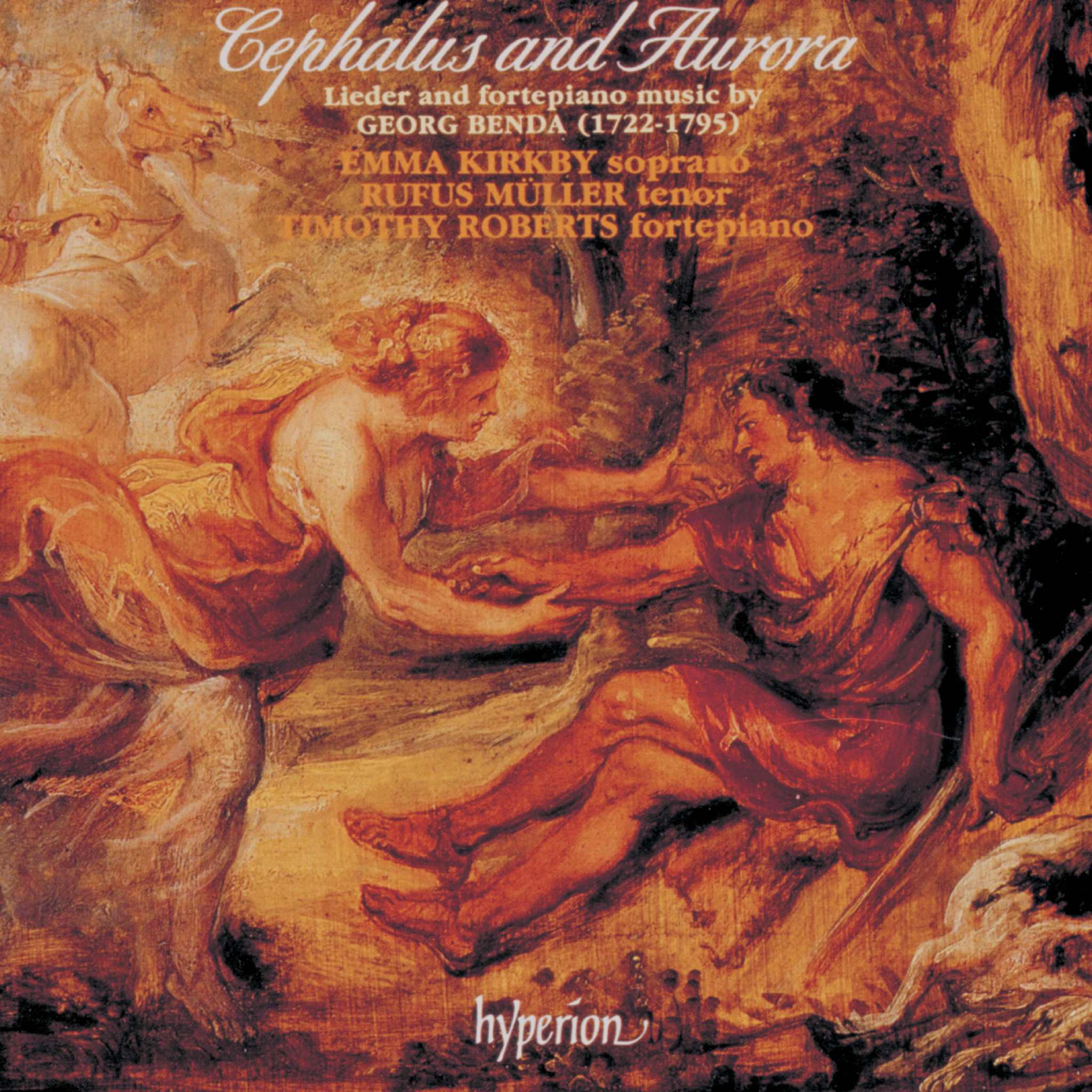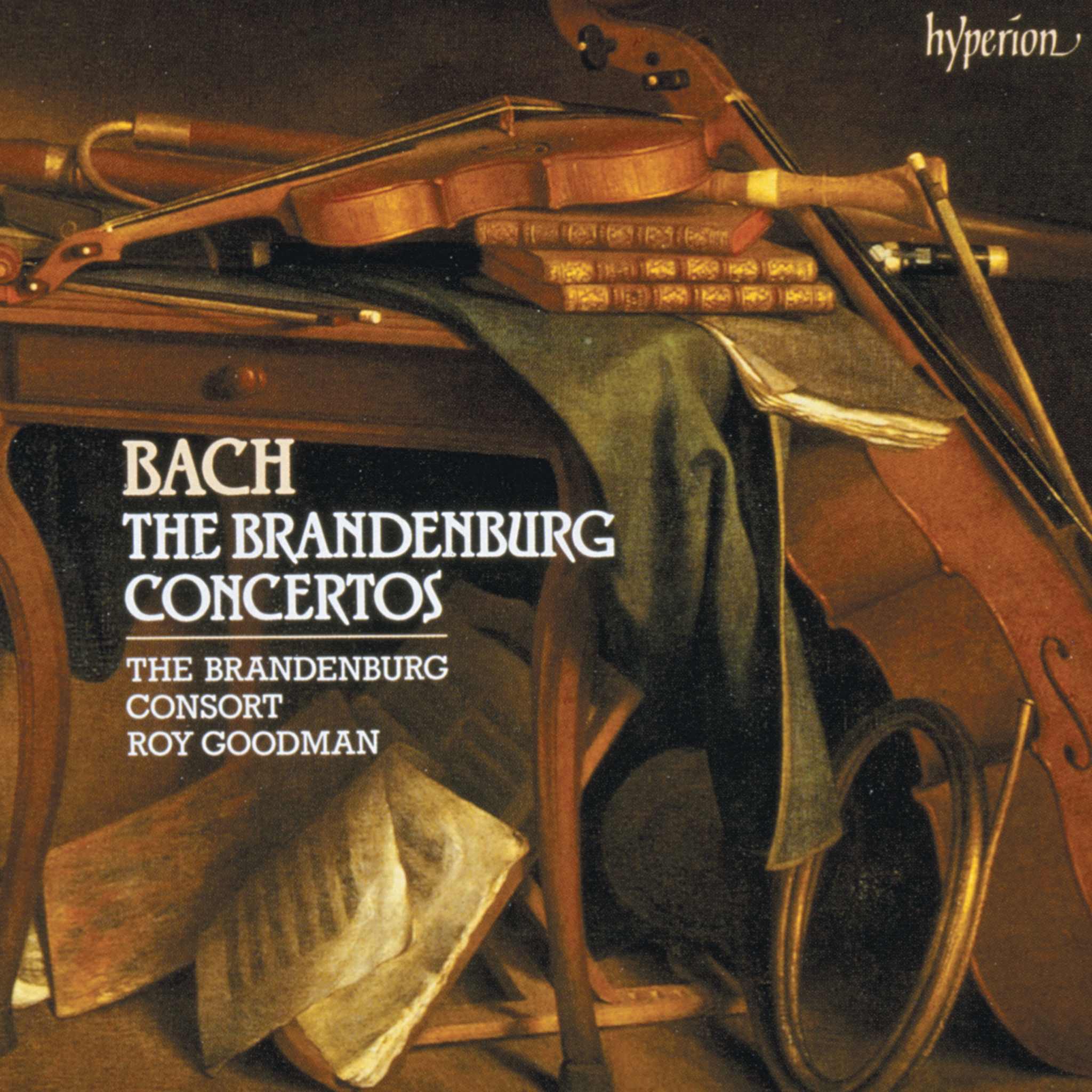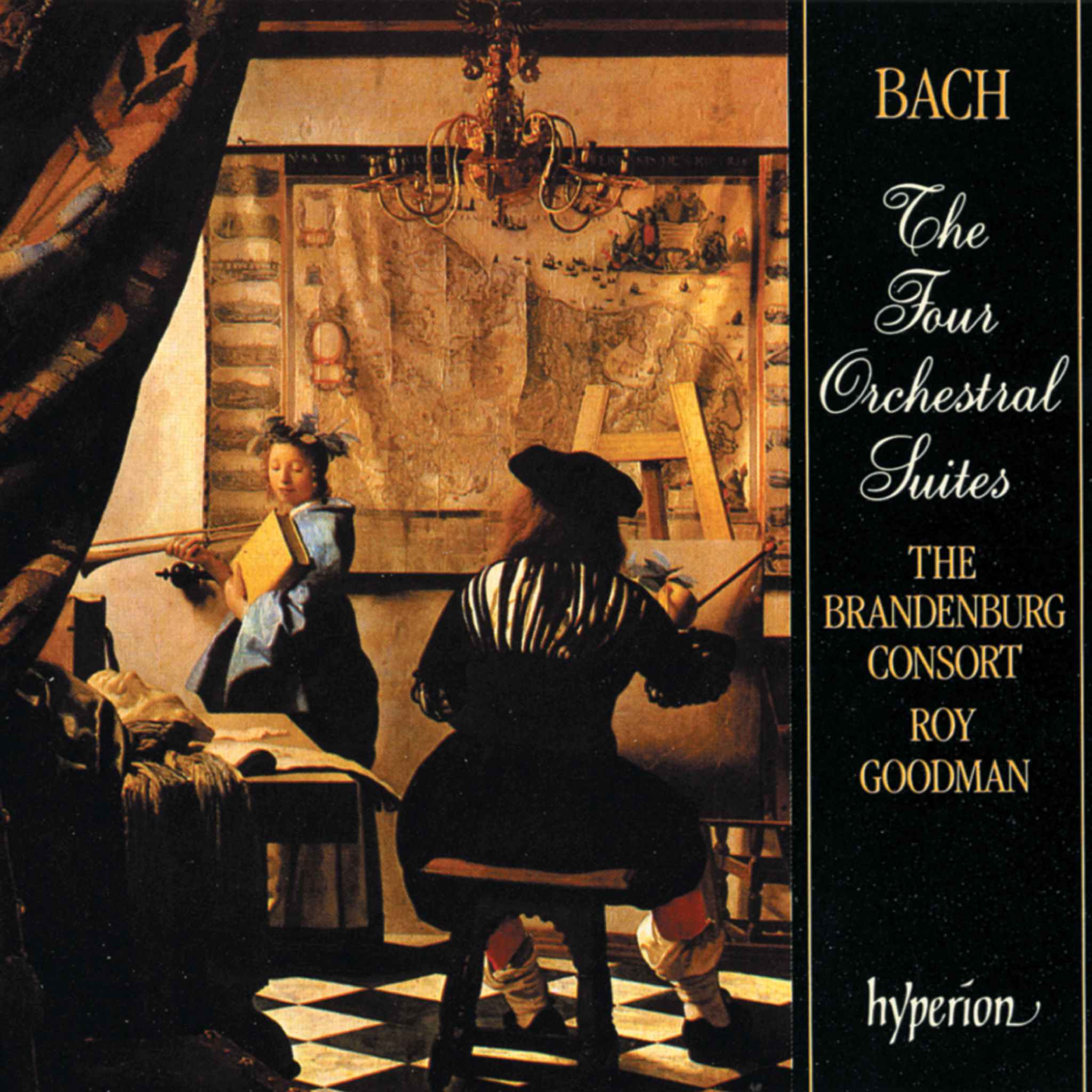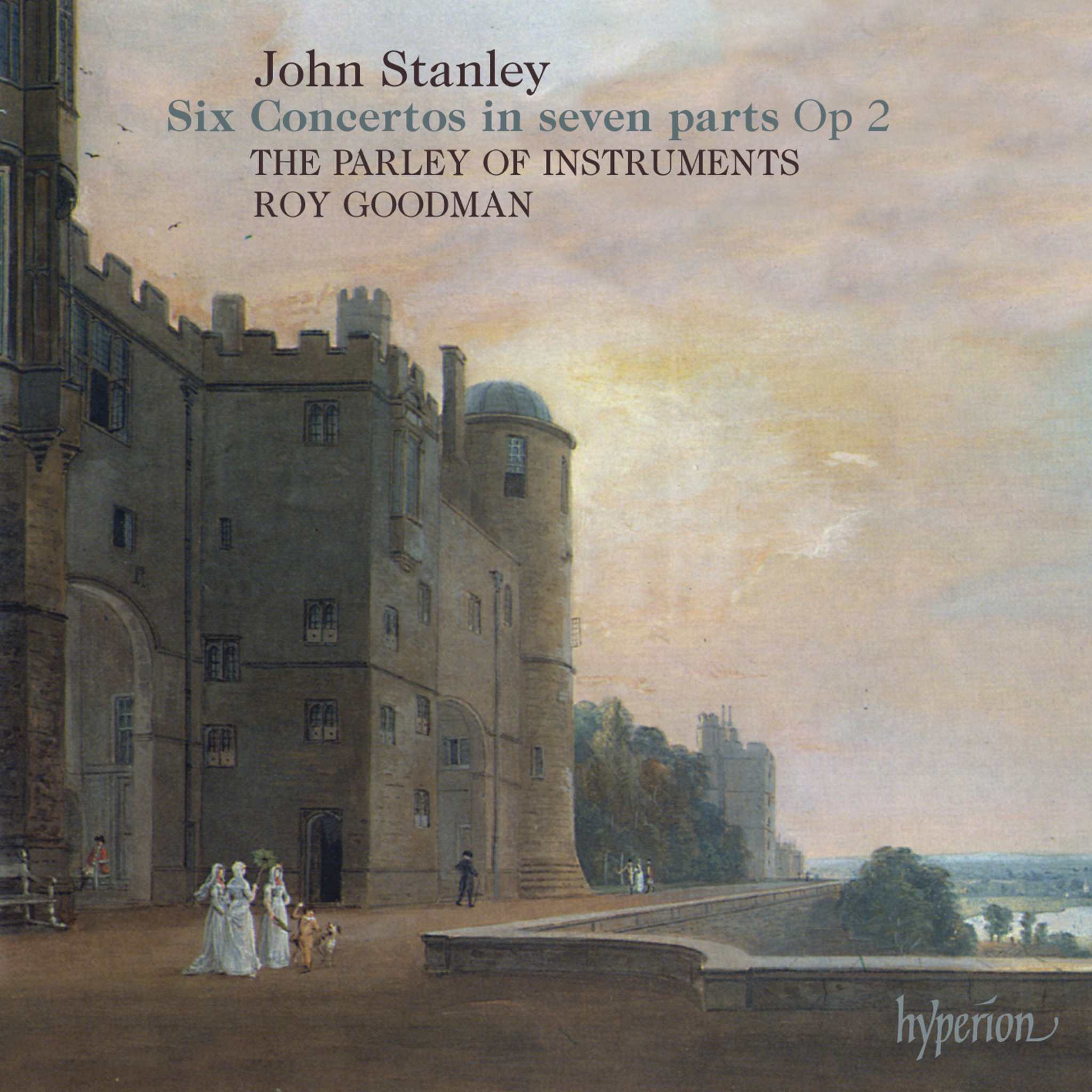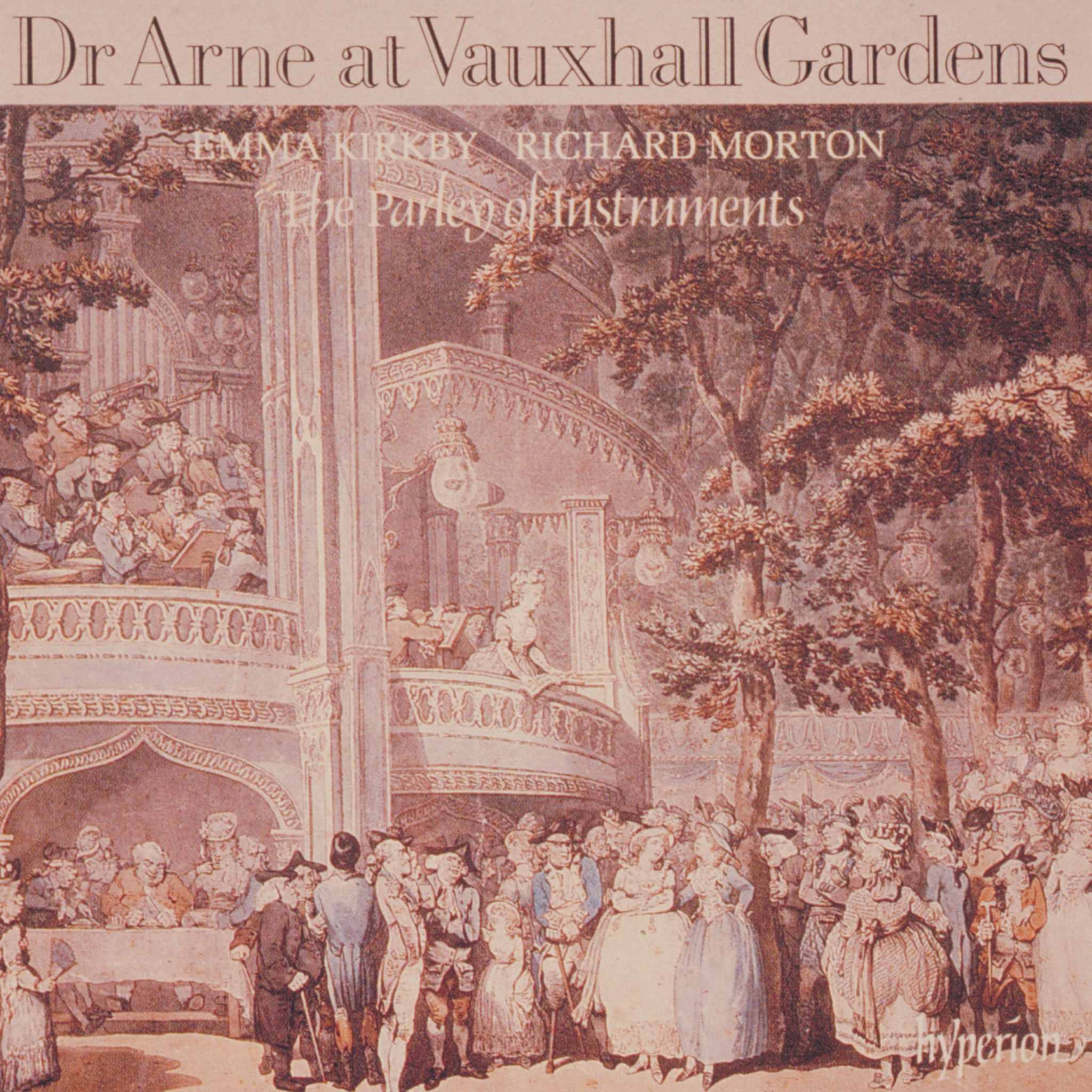Album insights
The combined sextets of Korngold and Tschaikovsky, with a mere 25-year gap and the same tonal center of D, were created in vastly different creative periods. Korngold's Sextet premiered shortly before his 20th birthday, while Tschaikovsky's "Souvenir de Florence" was a late work unveiled less than a year before the composer's death. Despite the challenge of composing for two violins, violas, and cellos, both works were successful in achieving "six independent yet homogeneous voices," as Tschaikovsky expressed to his brother.
Tschaikovsky's "Souvenir de Florence" is more widely recognized compared to Korngold's Sextet. The composition presented significant struggles for the seasoned musician. Initially sketched in June 1887, Tschaikovsky abandoned the work due to lack of enthusiasm but resumed serious work in June 1890. Facing financial worries and emotional setbacks, Tschaikovsky conducted revisions on the problematic third and fourth movements. The overhauled piece debuted in December 1892, where Tschaikovsky fretted over its reception before achieving a satisfying conclusion.
The first movement's vigorous D minor Allegro con spirito plunges directly into a thrilling sonata form, capturing a sense of immediacy. Its cyclic harmony and thematic motifs reflect Schumann's influence, with a climax in A minor before circling back to the main theme and a return of the second theme in a major variant. The Adagio, resonating Tschaikovsky's earlier works, transitions elegantly into orchestration while hinting at mortality. The finale movements, marked by folk motifs, explore thematic development and contrapuntal intricacies before culminating in triumphant D major fanfare.
Korngold embarked on his Sextet in 1914 alongside his operatic endeavors, leading to a successful premiere in 1917. The sextet's chromatic and dynamic first movement swiftly transitions into a warm D major sonata form, showcasing Korngold's prowess in melodic development. The subsequent movements embrace dramatic shifts in tempo and harmonics, drawing parallels between orchestral grandeur and Viennese charm. The Finale in D major returns to a jubilant tone, incorporating fanfare-like themes and intricate contrapuntal textures for a lively conclusion filled with chromatic progressions and rhythmic accents.
Erich Wolfgang Korngold, with his Sextet, brought forth a harmonious blend of Viennese charm and orchestral grandeur, magnificently captured in this opus, dedicated to Dr. Karl Ritter von Wiener.

